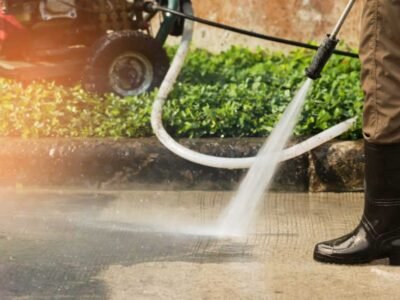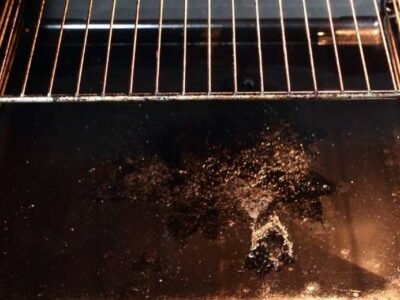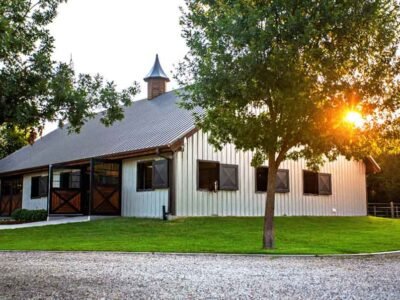As the sweltering heat of Phoenix, Arizona, takes over during the summer, residents often rely heavily on air conditioning to stay cool. However, this increased energy usage can lead to higher electric bills.
The good news is that there are several smart and practical ways to save on your Phoenix electric bill without compromising your comfort or sacrificing your wallet. In this article, we will explore some effective strategies to help you reduce your energy consumption and your monthly electric expenses.
Read on to learn how to negate increases in the average utility bill in Phoenix.
Embrace Efficient Cooling
Air conditioning is one of Phoenix’s biggest contributors to high electric bills. By taking a few simple measures, you can greatly reduce the energy consumption of your HVAC system while reducing wear and tear, which can decrease its lifespan.
- To maximize energy efficiency, set your thermostat to a moderate temperature, ideally around 78°F.
- Use ceiling fans to help circulate the air in your home. While it is a misconception that ceiling fans produce any cool air on their own, they do help keep the cool air flowing throughout your house, helping your AC unit work more effectively.
- Install a programmable thermostat to adjust the temperature when you’re away from home automatically. Leave the temperature at a higher setting while you’re away, but never turn it off completely as the excessive heat of the day can do damage to the structure, and contents and harm any pets that may be present. Furry friends are family too!
- Using your AC more lightly while you don’t need your house to be as comfortable will greatly reduce costs.
- Regularly clean or replace air filters to ensure optimal airflow and efficiency. Consider what type of air filter works best for you and keep it clean. Air filters should be changed at least every three months, but if you are using your system a lot, such as during the summer, consider replacing it monthly.
Utilize Natural Lighting
Make the most of the abundant sunlight in Phoenix by relying on natural lighting during the day. Open your curtains or blinds to let in natural light instead of using artificial lighting, unless doing so adds too much heat to your home. If this is the case, consider installing window film or shades to block out excessive heat and harmful UV rays while still allowing natural light to filter through.
Optimize Appliance Usage
Household appliances account for a significant portion of energy consumption. Use energy-efficient appliances and turn them off when not in use. Unplug electronics that are not frequently used to eliminate standby power usage. Consider using a power strip to turn off multiple devices at once. When it’s time to replace old appliances, look for Energy Star-rated models that are designed to minimize energy usage.
Upgrade to LED Lighting
Switching to energy-efficient LED light bulbs is an effective way to reduce your energy consumption. LEDs consume less electricity, have a longer lifespan, and produce less heat compared to traditional incandescent bulbs.
Replace all your bulbs with LEDs to save on lighting costs over the long term. If the cost of replacement is an issue, replace one or two as you are able or as they burn out until you’ve accomplished your goal of removing your incandescent bulbs.
Insulate and Seal
Proper insulation and sealing can greatly improve the energy efficiency of your home. Ensure that windows and doors are properly sealed to prevent air leaks. Add insulation to your attic, walls, and floors to minimize heat transfer. Consider using window coverings or tinting further to reduce heat gain during the scorching Phoenix summers.
If you are not the owner of your home, you can still make use of things like draught excluders, removable coverings, or low-cost sealants for smaller leaks.
Opt for Energy-Efficient Windows
Investing in energy-efficient windows can significantly affect your home’s energy consumption. Look for windows with low-emissivity (Low-E) glass, which helps reduce heat transfer. Double-pane or triple-pane windows provide better insulation, keeping the cool and hot air in. If you are unable to replace windows, try covering them with heavy curtains, blinds, or weathered plastic instead.
Harness Solar Power
Phoenix receives abundant sunlight throughout the year, making it an ideal location for solar power. Consider installing solar panels on your roof to generate clean and renewable energy. Solar power can significantly reduce or even eliminate your electric bill, depending on your usage and system size. Additionally, there are various financial incentives and tax credits available for solar installations.
If you aren’t quite ready to make the jump to partial or full solar power, start with smaller measures like solar lighting options for your garden or perimeter security. You can also make use of solar lamps and nightlights in your home to offset the use of electric lighting.
Conserve Water
In Arizona, water usage is closely tied to energy consumption. Conserving water helps the environment and reduces the energy required for water treatment and transportation. Install water-saving fixtures, such as low-flow showerheads and faucet aerators, and fix any leaks promptly. Invest in drought-resistant landscaping and use automated irrigation systems with moisture sensors to avoid overwatering.
Takeaway
Embracing efficient cooling methods, utilizing natural lighting, optimizing appliance usage, upgrading to LED lighting, and insulating and sealing your home are all effective ways to lower energy consumption. Investing in energy-efficient windows and harnessing solar power can provide long-term savings.
Additionally, conserving water helps the environment and reduces energy usage associated with water treatment and transportation. By implementing these smart practices, you can enjoy a more comfortable living environment while controlling your electric bills.
















Comments